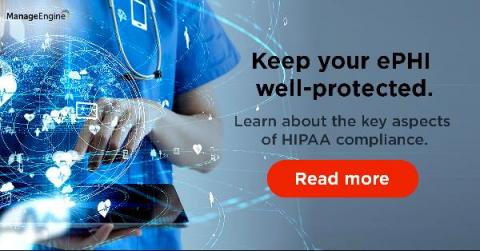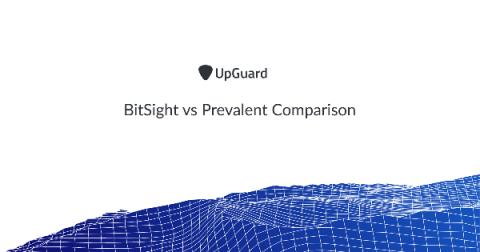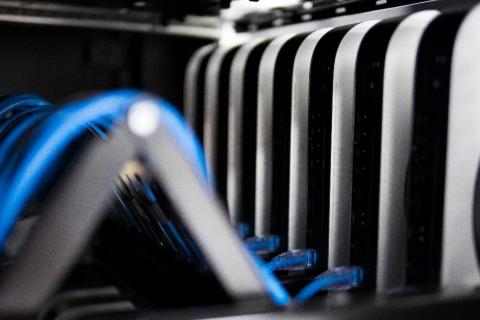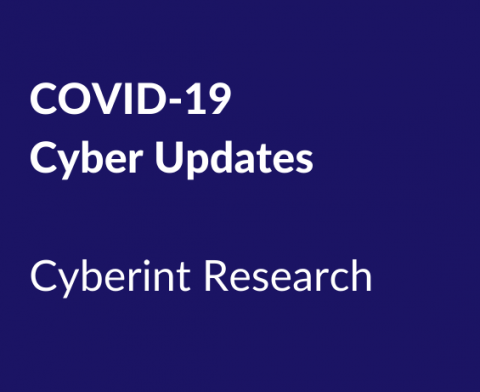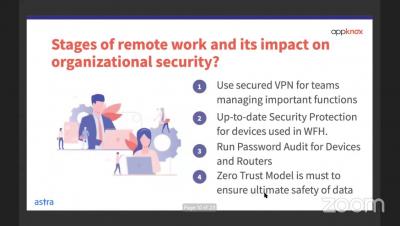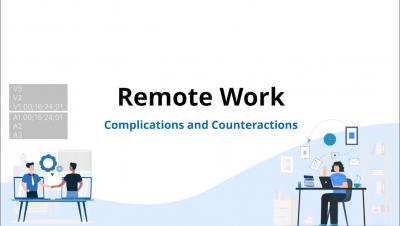5 key network aspects to focus on for HIPAA compliance
The Health Insurance Portability and Accountability Act, also known as HIPAA, is a compliance standard that was implemented after all health-related information was digitized. The crux of the act is to ensure that all sensitive electronic protected health information (ePHI) has restricted, secure access. Various aspects of your network determine your compliance with HIPAA standards. Let’s discuss some of these important components in detail.


